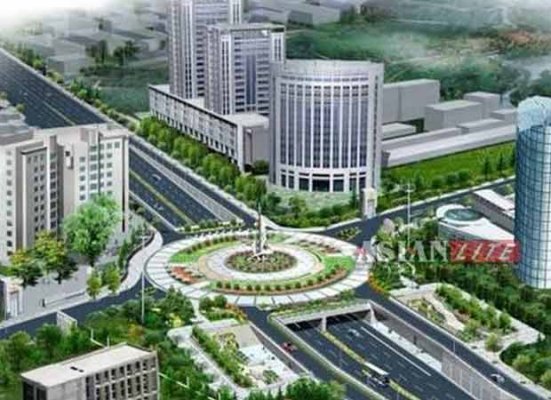
JLL & CREDAI release report on India’s Future Cities
The report highlights the need for new urban centers in the country, and shortlists 45 potential mega-cities such as Nagpur, Lucknow, Jaipur, Kochi and Bhopal, among others.

The report highlights the need for new urban centers in the country, and shortlists 45 potential mega-cities such as Nagpur, Lucknow, Jaipur, Kochi and Bhopal, among others.

No one would like to admit or put on record but privately most of the developers maintain that their major investors have pulled out of market, both for land finance as well as for investment in the under-construction inventory.
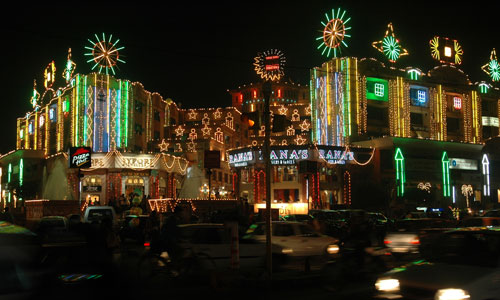
On the face value the developers are maintaining an optimistic outlook, but privately many of them admit that demonetization, GST and job market uncertainties have collectively spoiled the festive sentiment this time around. Add to it, the developers running short of fresh ideas in how attract today’s discerning buyers, and it seems market is destined to remain flat.

The transition of the real estate market has changed the dynamics of the sector completely. After the advent, multiple policies and regulation of the real estate industry has seen a paradigm shift with systemic checks and streamlined process.

Delivery delays, mismatch in area, changes in structure or designs in a project and developers going back on other promises have been quite common. These issues have given rise to consumer activism, in courts and outside. The Competition Commission of India (CCI) slapping a fine of INR 630 crore on DLF gave some hope to the buyers.
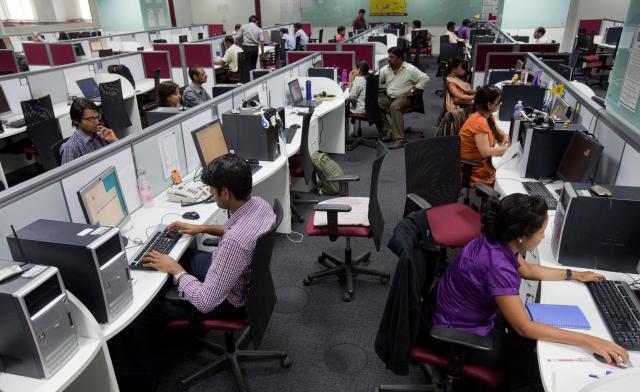
With about 10 million sq ft (0.9 million sq m) of office leasing in Q3, gross absorption totalled around 28.9 million sq ft (2.7 million sq m) over the first nine months.
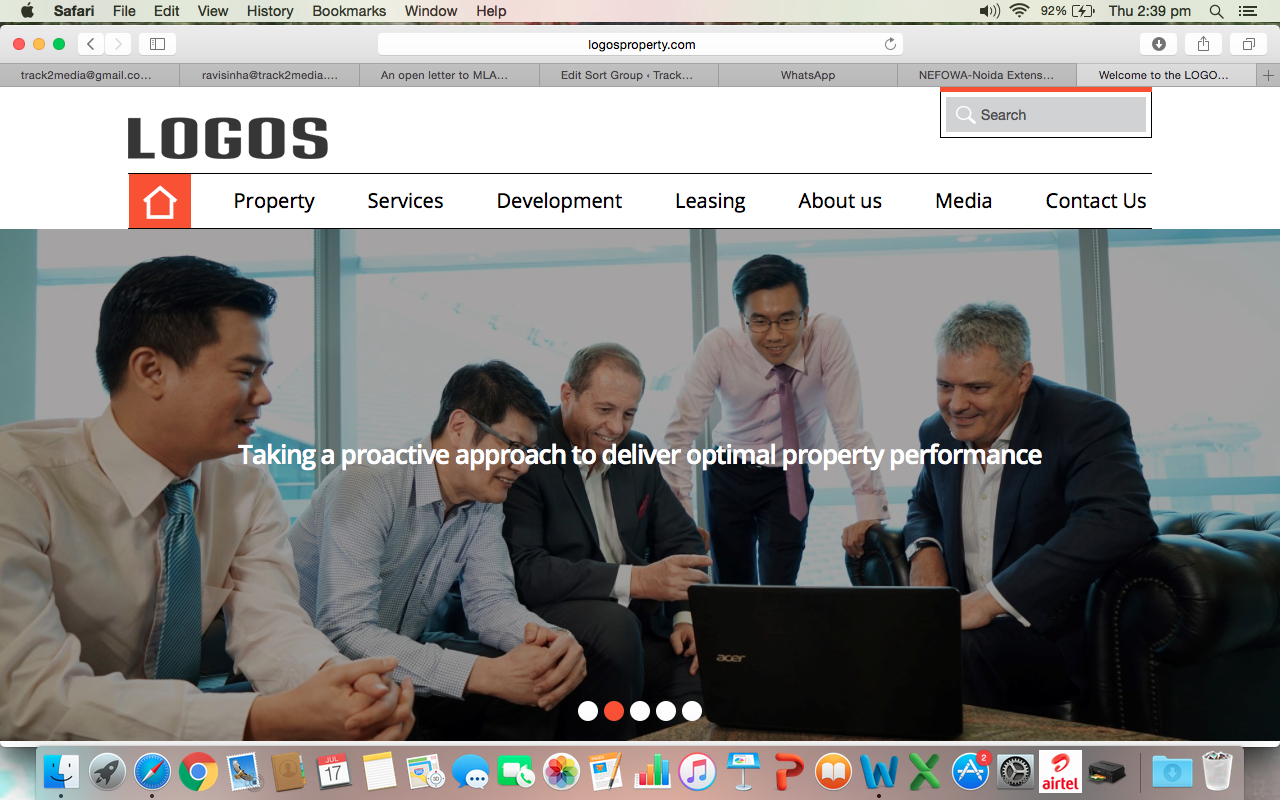
LOGOS India, a partnership between LOGOS Group and Assetz Property Group announced in August 2017, has identified a strong pipeline of opportunities across the key logistics hubs of Mumbai, Pune, Chennai, the National Capital Region (NCR), Bangalore, Hyderabad and Ahmedabad to meet the increasing demand for modern facilities.

Contrary to the general perception that the eco system is getting tougher for the builders due to home buyers’ activism, vigilante media and judicial intervention, the facts suggest that the developers have been given too long ropes to cross the bridge over the buyers’ interests. As a matter of fact, there are many instances of amnesty to the developers in the last few years.
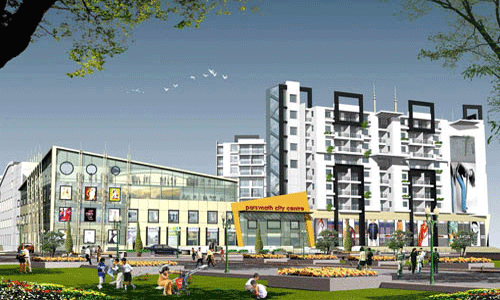
Ashiana Housing has been among the first to spot the potential of the town and move into Bhiwadi market. Its Joint Managing Director, Ankur Gupta agrees that when the promises of major infrastructure like roads, transportation, water, sewage facilities and education facilities are provided, the real growth of Bhiwadi is inevitable. Retail and commercial projects like Village Center, Angan Plaza are already there and many more landmark developments are also coming up.

Some discussions about best practices in the Indian real estate has started because today the investors also do not want their money to be locked in an asset that is neither growing nor is likely to get delivered. Worse even, there is no authority or court in India that has been successful in getting a stalled project restarted or in forcing a bankrupt builder into selling his assets to compensate his allottees.
